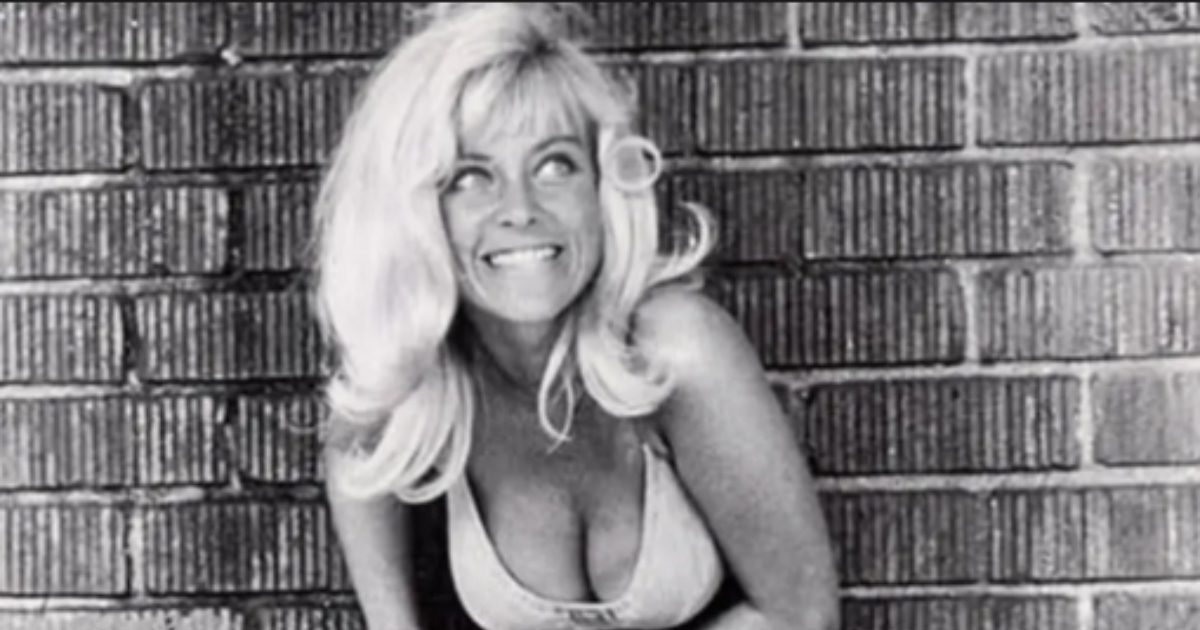Joy Harmon was one of those rare Hollywood figures who didn’t need scandal, controversy, or carefully manufactured mystique to shine. Born in Flushing, New York, in 1940, she carried a natural sweetness that felt almost luminous—an effortless warmth that made people feel lighter just by watching her. Before she ever stepped onto a film set, she was already charming audiences through New York theater, beauty pageants, and late-1950s modeling. Casting directors immediately recognized what made her special: a sincerity so genuine it almost felt nostalgic, even in its own time. Joy wasn’t the industry’s dramatic ingenue—she was something gentler, something refreshing. She had the remarkable gift of making others smile.
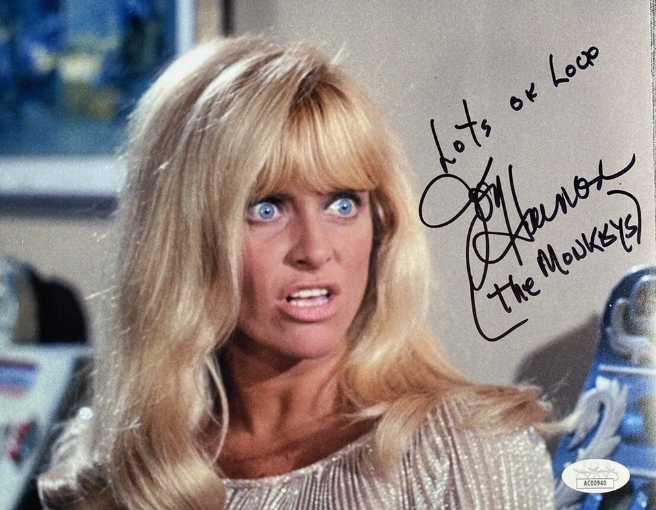
Her transition into television in the early 1960s felt seamless. On shows like The Beverly Hillbillies, The Dick Van Dyke Show, Gidget, Batman, and Ozzie and Harriet, Joy became the embodiment of the girl next door—approachable, warm, and quietly captivating. Directors loved her ability to bring ease and charm to any scene, never demanding attention yet naturally drawing it. In an era of extremes and larger-than-life personas, Joy struck a perfect balance. She became a comforting presence in American living rooms, the kind of actress audiences felt they truly knew.
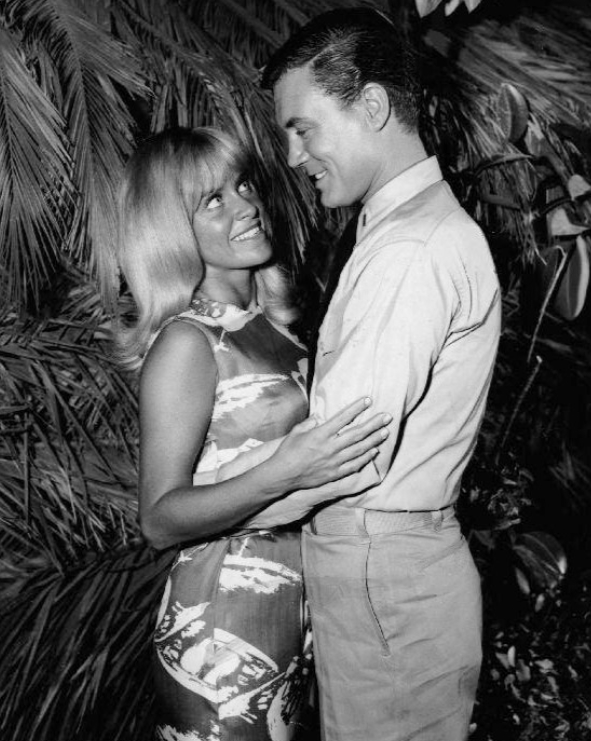
But her most iconic moment came in 1967, in a film where she barely spoke at all. Her car-washing scene in Cool Hand Luke became one of the most unforgettable images of the decade. With nothing but her expressions, playful energy, and effortless sensuality—never crude, always light—Joy created a scene that entered Hollywood mythology. Even beside Paul Newman, her brief appearance became the one moment viewers could never forget, capturing the spirit of 1960s pop culture in a single, shimmering sequence.
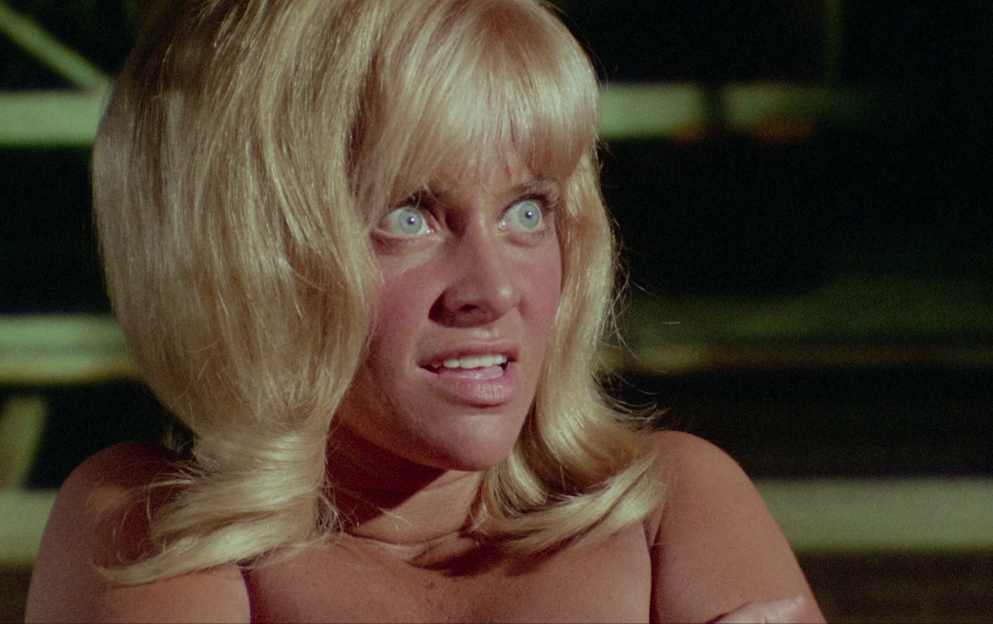
In the late 1970s, Joy made a choice that surprised many: she stepped away from Hollywood to devote herself to family. But instead of fading from public life, she reinvented herself completely. She founded Aunt Joy’s Cakes, transforming a small California bakery into a beloved brand whose treats were ordered by giants like Disney and Warner Bros. It was proof that her creativity wasn’t limited to the screen—her warmth could be tasted, not just seen.
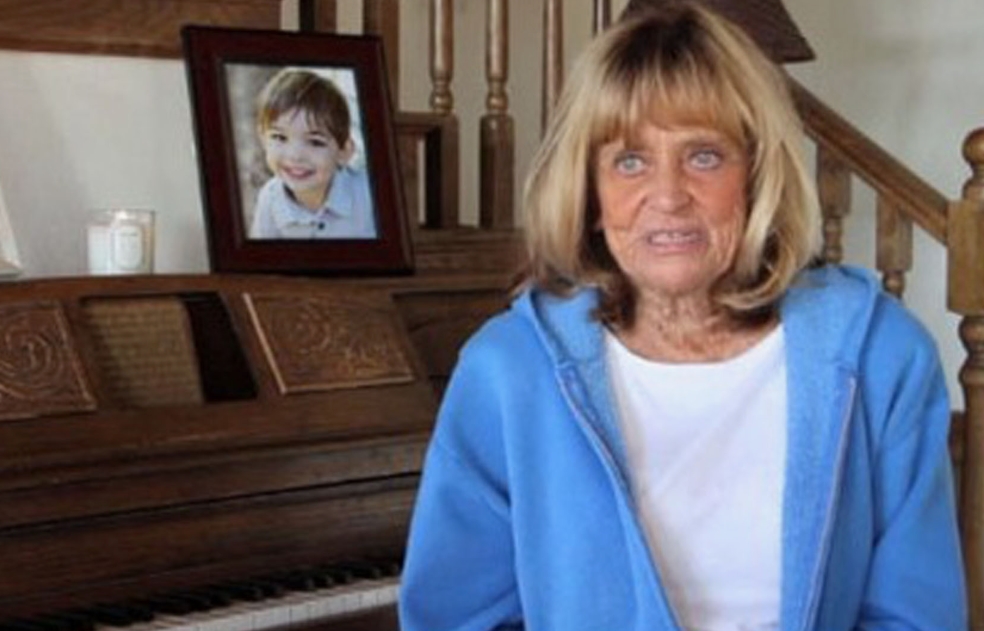
Today, Joy Harmon is remembered not only for that iconic image but for the authenticity behind it. Her smile, her gentleness, her refusal to chase spectacle—these are the qualities that define her legacy. She is a reminder that some stars don’t blaze; they glow. Softly. Steadily. And with a sincerity that lingers long after the credits fade.
